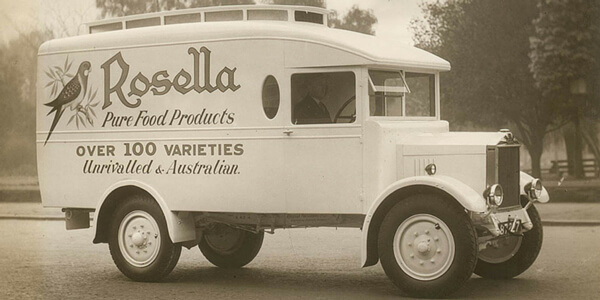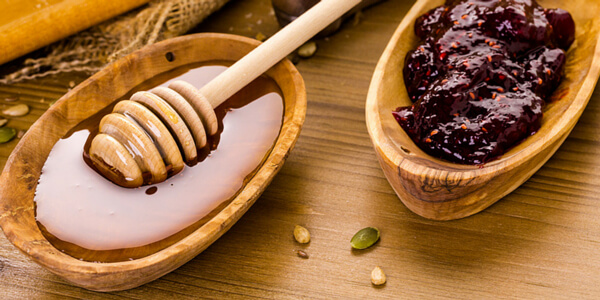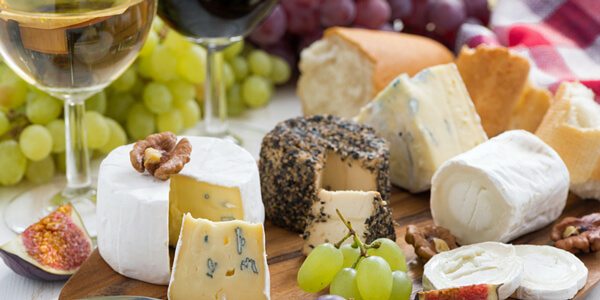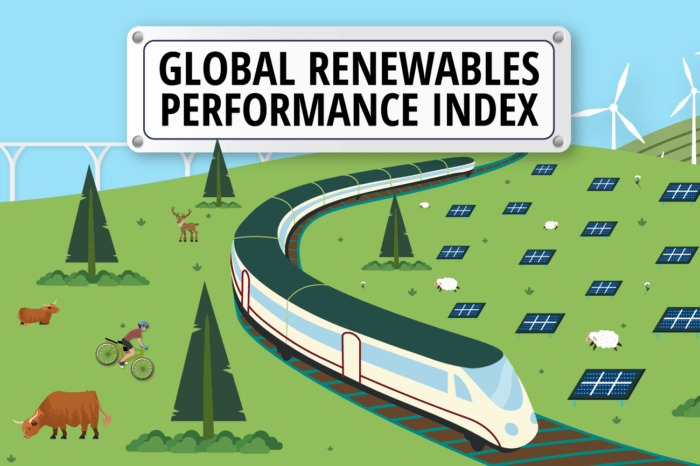
There is a common conception in Australia that we pay more for food than any other nation, but do the claims really hold up when we look at our incomes? Also, if we are paying more for a product, does this make it more satisfying to eat, or is fancy advertising and clever presentation tricking us into thinking we are choosing the best that money can buy?
A snapshot of our grocery market
There are definitely some pricey foods on the market – just wander into any health food store and compare the price of granola or dried cranberries to what we pay for comparable products elsewhere. According to this news report from news.com.au, however, there are certain foods that cost more here than in any other major city including London, Hong Kong and New York:
- Bread
- Cheese
- Minced meat
- Butter
- Apples
The products above provide a quick glimpse of the staples that are costing Australians more than the rest of the world. According to the News.com.au article, the cost of cheese in a shopping basket puts Sydney ahead of New York – remove the cheese and Sydney is cheaper!
Despite our rich food culture, we are largely a nation of supermarket shoppers, but we loving to experiment in the kitchen, particularly since the proliferation of cooking shows like Masterchef and Jamie’s Kitchen. In addition, we are now visiting restaurants around 4 times per month, indulging in food as an experience, as well as just for sustenance.

A little slice of history
In colonial history, Australian food and cooking methods were imported by the British and revolved around staple foods, after the native plants and wildlife that our Indigenous peoples thrived on proved too exotic for European taste-buds. Sheep and cattle were imported while common crops, like wheat, were planted for bread-making. And so the Australian palate was rather static as milkmen, butchers and greengrocers proliferated and made home deliveries.
Meat and three veg reigned supreme until the 1950s when large numbers of immigrants entered the country and brought with them a food culture that was entirely different to what we were used to. Around this time our delis, markets, small-goods stores and supermarkets took on entirely new flavours for Australians to love and incorporate into their own diets. It took several decades to find our feet and test our palates, but we are now a nation of enthusiastic “foodies”.

Consumer habits
The restaurant scene is booming in Australia, and we are seeking out more unique and specialist food items. At Coles supermarkets, a major sponsor of the Masterchef series and Australia’s most successful chain in the eyes of consumers in recent years, sales of “unusual” items that are featured on the popular show have surged by 1400% – according to this article.
Can the cost of food influence the taste?
With this love of specialist foods and finer flavours, you might expect that we can distinguish which of two foods tastes better. However, as demonstrated in a study of people visiting an all-you-can-eat pizza buffet, the cost of food can influence its taste. One group paid $4 for the buffet, and reported less satisfaction as they ate the first piece, with diminishing returns for each slice they consumed thereafter. Overall, they reported that the pizza was less tasty than the other group of eaters, who paid twice as much. Those who paid more experienced more satisfaction and enhanced taste. It’s a psychological lesson for both restaurateurs and supermarket operators – you may win them over with the price, but you won’t necessarily win them over with perception. Repeat business relies upon the idea of value for money, not just quantity for money.
It’s also a lesson for consumers too, that psychologically we can value the price tag of food, which then informs its flavour. With our love of finer foods, perhaps this could be an indication of why Australia’s food retailers could be pricing their products that little bit higher – could there be better way for a food retailer to make their food taste better than the competition, than to price it higher?

Why do we pay so much for food?
This also gives rise to the thought that market forces are not altogether driving prices. Because we are driven so much by habits and perception, we often pay what we can tolerate – and the supermarkets and specialist food stores know it. Though we are not unique in our idea of food as entertainment, we are apparently willing to part with more of our hard-earned dollars than other first world countries when it comes to our sustenance.
Which country is the cheapest?
Let’s do a quick comparison on global grocery prices: In the US, food is 24.85% cheaper. The UK comes in at 12.25% lower. In the most expensive country in the world, Singapore, food is 18.52% below ours, even France is cheaper than Australia by 9.67%.
Countries such as France are cheaper because of industry regulations, but in Australia the consumer watchdog (ACCC) rarely intervenes in food and grocery practices unless they engage in misleading behaviour. Even the 2008 Federal government’s Grocery Watch website, designed to pressure the leading chains to compete more heavily on price, was an admitted failure, with the project decommissioned a year later.
Which supermarket it the cheapest?
In June this year, Choice Magazine compared our main retailers for competitiveness in their private labels. Based on 28 identical private label items from each retailer, averaged out over dozens of retailers for statistical consistency, they found the following:
| Retailer | Cost |
| ALDI private label | $87.68 |
| Coles private label | $114.24 |
| Woolworths private label | $119.40 |
So are we all shopping at Aldi for our grocery needs? Apparently not. Although Choice reports that 75% of shoppers are concerned about their grocery prices and are looking to make savings, we’re mainly doing this by purchasing private labels rather than just voting with our feet.
Who wins the supermarket wars?
Although the latest Roy Morgan research shows that Aldi made impressive market share gains in recent years, this has actually decreased from roughly 14 % of the market to 10.3 %. Let’s look at that in the big picture.
| ALDI market share (2005) | Coles market share (2005) | Woolworths market share (2005) |
| 14% | 36% | 40% |
| ALDI market share (2013) | Coles market share (2013) | Woolworths market share (2013) |
| 10% | 33% | 39% |
So if the big 3 have all lost some of the market share, where have all these shoppers gone? The research shows that consumers are visiting smaller supermarkets and specialist stores more often. For once, it seems the little guy is gaining the ground. We apparently know what we want, and we’re prepared to pay for it.

A matter of choice, not necessity
According to the Global Food Security Index, when we look at the affordability of our food, we’re actually doing pretty well. Australians spend just 10% of their weekly earnings on food – compare that to the global average of 33.9%. This suggests that although we could make savings by finding the cheapest retailer, Australians can generally afford to choose more expensive foods, making emotional decisions rather than purely economic ones.
Does expensive food really taste better?
In summary, one of the reasons food in Australia is more expensive is that we are willing to pay it, and by paying more we could even be experiencing greater enjoyment from foods. So, next time you purchase an expensive cheese, or a pricey artisan loaf, perhaps ask yourself if it’s monetary value could be contributing to you savouring every bite.
So do you think we pay too much for the weekly shop?






